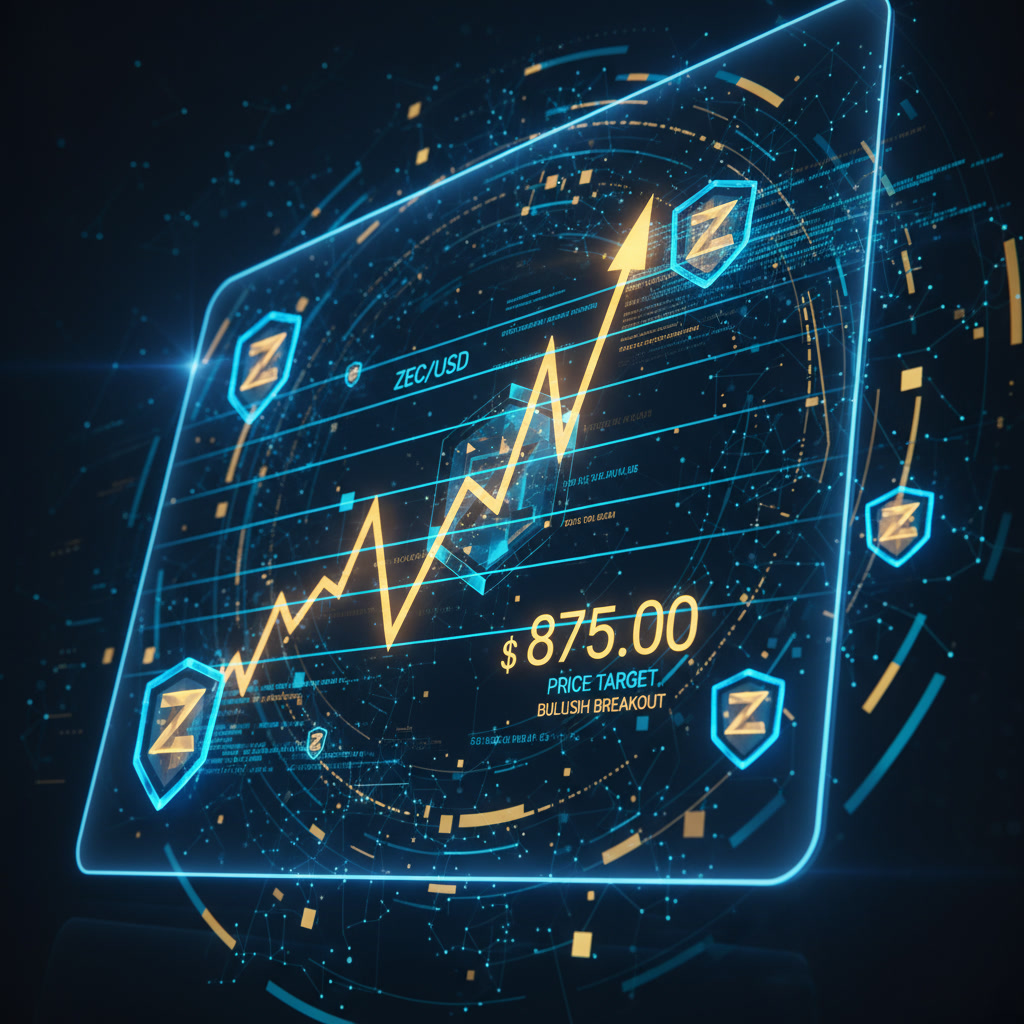In recent earnings and analyst commentary, Coinbase Global, Inc. (NASDAQ: COIN) has emerged from the shadows of volatile crypto‑market sentiment with a more optimistic outlook—especially on the back of rising derivatives trading and the strategic role of stablecoins within its business model.
1. A Stronger Quarter Sets the Tone
In the third quarter, Coinbase recorded total revenue of $1.9 billion, up 37 % over the previous quarter.
Notably, this jump was driven not by a recovery in the core Bitcoin spot‑trading business—which remains under competitive pressure—but by increased activity in Ethereum trading, subscription revenues, and ancillary services.
Wall Street took notice: the sharp revenue uptick, in tandem with a stronger infrastructure footprint, prompted analysts to revise their views.
2. Derivatives and Stablecoins: Key Growth Vectors
What’s catching the attention of analysts is Coinbase’s evolution beyond spot trading into higher‑margin and strategic adjacent businesses:
-
Derivatives trading: Coinbase’s acquisition of Deribit, a leading crypto derivatives platform, signals its intention to extend into more complex products and deeper markets. JPMorgan noted Coinbase’s margin in the derivatives arm reached 73 %.
-
Stablecoins ecosystem: Revenue relating to stablecoins increased 7 % quarter‑on‑quarter, totaling $355 million. Analysts view this not only as an incremental revenue stream but also as a bedrock for future growth, given stablecoins’ central role in on‑chain settlement, payments and cross‑border flows.
-
Layer‑2 and infrastructure expansion: Coinbase’s layer‑2 network, Base, and other infrastructure plays position it as more than a trading venue—potentially a full‑stack crypto financial ecosystem. The “Venmo of crypto” metaphor has surfaced in this context.
Taken together, analysts at firms such as William Blair, Benchmark and Bernstein have all reaffirmed bullish ratings, citing the structural shift in Coinbase’s business model.
3. Margin Pressure and Operational Costs: The Caveats
Despite the upbeat narrative, some risks remain:
-
Coinbase’s operating costs are increasing, in part due to acquisitions (e.g., Deribit) and hiring to scale its infrastructure. JPMorgan expects operations costs to rise around 12 % in Q4.
-
While derivatives and stablecoins may offer higher margins, their growth may not be linear. As William Blair notes, the derivatives business is still early, and scaling toward long‑term margins of 60‑70 % is a multi‑quarter journey.
-
Regulatory risk: As Coinbase expands its offerings (tokenization, payments, layer‑2 activities), the regulatory landscape remains uncertain, and any headwinds could weigh on investor sentiment.
4. Why Wall Street Sees a $4 Trillion Crypto Ecosystem in Coinbase’s Future
Analysts are increasingly viewing Coinbase not simply as a “crypto exchange,” but as an infrastructure company with exposure to a multi‑trillion‑dollar ecosystem:
-
William Blair points to a “$4 trillion crypto ecosystem” that Coinbase is well‑positioned to serve.
-
Bernstein describes Coinbase as potentially the “AWS of crypto financial infrastructure” — a platform enabling payments, tokenization, staking, and community/social‑engagement features.
-
The company’s cash‑rich balance sheet (mentioned as ~$11 billion in liquidity) gives it flexibility to acquire, invest, and scale its infrastructure footprint.
5. Outlook: Key Catalysts and What to Watch
Here are the major levers and upcoming catalysts for Coinbase and its investors:
-
Q4 results and forward guidance: Analysts expect Q4 trading revenue to grow around 10% over Q3, with further upside if Coinbase announces major product launches (e.g., tokenized stocks, new Base ecosystem features).
-
Product announcements: On December 17, Coinbase has an event expected to announce new initiatives—potentially a catalyst for re‑rating.
-
Regulatory clarity: Progress on US legislation (for example the Clarity Act) could reduce regulatory risk in crypto infrastructure and benefit Coinbase’s business model.
-
Execution on infrastructure expansion: The successful scaling of the Base network, derivatives offering, and stablecoin ecosystem will determine whether the company can achieve its targeted high‑margin business model over time.
6. Final Thoughts: Evolving from Exchange to Ecosystem
The story of Coinbase is shifting. No longer just “the crypto exchange,” it aspires to be a full‑scale crypto infrastructure and financial services company. The growth in derivatives trading and stablecoin revenue suggests that the company is starting to break away from the typical spot‑trading revenue model, which is more volatile and margin‑challenged.
If Coinbase can execute on its vision—scaling infrastructure, managing operational costs, navigating regulation, and capturing the broader crypto ecosystem—then Wall Street’s bullishness appears well‑justified. That said, investors should keep a close eye on execution, cost discipline, and regulatory signals, as these will determine whether the transition from “exchange” to “ecosystem platform” actually materializes in full.
Ready to start your cryptocurrency journey?
If you’re interested in exploring the world of crypto trading, here are some trusted platforms where you can create an account:
- Binance – The world’s largest cryptocurrency exchange by volume.
- Bybit – A top choice for derivatives trading with an intuitive interface.
- OKX – A comprehensive platform featuring spot, futures, DeFi, and a powerful Web3 wallet.
- KuCoin – Known for its vast selection of altcoins and user-friendly mobile app.
These platforms offer innovative features and a secure environment for trading and learning about cryptocurrencies. Join today and start exploring the opportunities in this exciting space!

Join our crypto community for news, discussions, and market updates: CryptoBCC on Youtube | Instagram | Telegram | Pinterest | Facebook | Discord | Tiktok | Threads | X(Twitter).

Disclaimer: Always do your own research (DYOR) and ensure you understand the risks before making any financial decisions.




